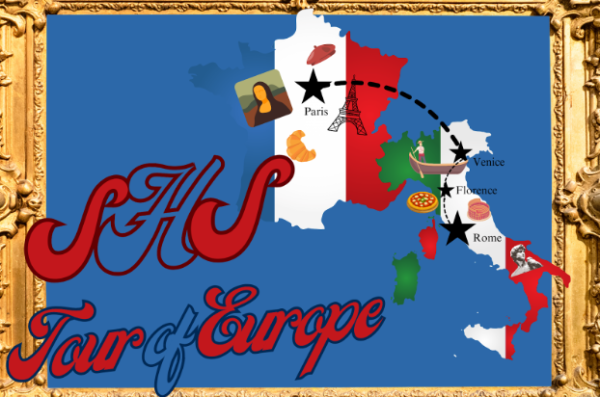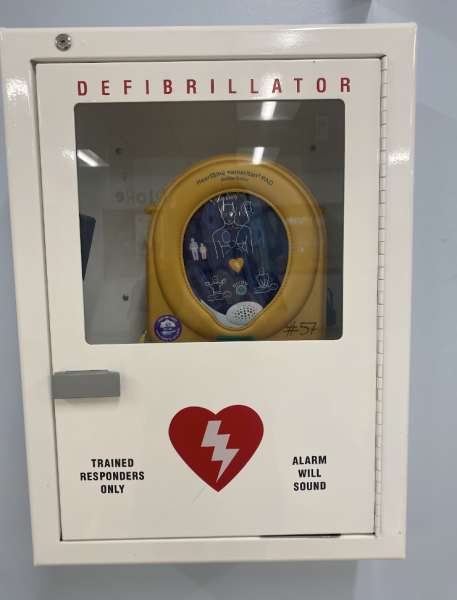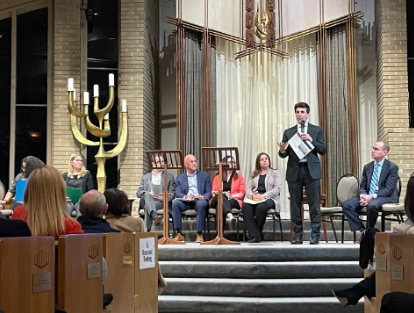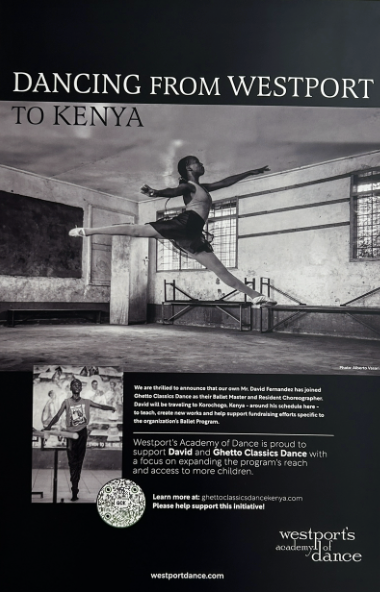Graffiti leaves its mark on the art world
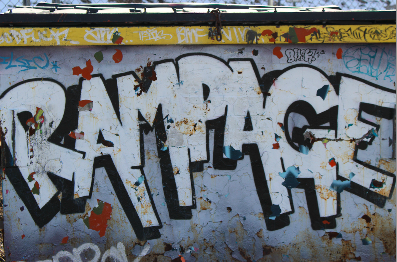
Tightening the laces on his boots, local graffiti artist Aus, who wished to keep his full name private, prepared for his trek through the snow-covered woods, devoid of human life. He spray painted his name onto a crumbling building, ignoring the slew of “No Trespassing” signs posted.
As he sank one foot into the knee-deep snow bank, he noticed the faint yellow headlights of a state trooper’s car on the road. He acted without thinking and dove headfirst into the snow below him. He waited there—his tall, thin body shaking as cold water seeped through his jeans—until the car passed without noticing the illicit artwork he just finished.
“That was pretty fun,” Aus recalled with a smile. He spoke with ease, stopping for a moment to fiddle with the frayed cuffs of his large, blue flannel draped over his gaunt shoulders. In each ear was a single black earring, and his chin and cheeks were dusted with light facial hair. His piercing blue eyes lit up notably as he spoke.
Now a University of Connecticut-Stamford student, Aus was introduced to the graffiti world in the eighth grade by his Virginian cousin. After just one experience—and his first exhilarating run-in with the police—he was hooked. Since returning to his home in Connecticut, graffiti has been a labor of love for the young artist.
“It takes years of practice,” Aus said. “I couldn’t do s–t the first time I tried it—I just scribbled my name on the wall.”
Aus believes that there are clear distinctions between what is considered street art, graffiti and vandalism.
Street art has a strong societal message. Famous artists, like Banksy, use street art as an opportunity to make social commentary.
Graffiti is different, according to Aus, in that it tends to be more about the attention and recognition. Graffiti artists use a variety of fonts and styles to achieve this goal. These range from “tags,” which are scribbles or stylized signatures, to “pieces,”—short for masterpieces—which are large, complex and colorful paintings.
Vandalism, Aus clarified, is “just putting your name in obnoxious places that don’t need to be there—exactly what I do,” he joked. He turned to look out the window, his eyes scanning the street below with the precision of a hunter, to point out three places with different types of graffiti.
Ms. Eskell, a Staples art teacher, believes that graffiti in some forms should be considered art. “Sometimes it’s aversive; sometimes people just want to say something,” she said. “But if it’s a decorative kind of graffiti, I think it’s a way for the artists to express themselves.”
Graffiti and street art are prevalent in every town, and Westport is no exception.
At Staples, it is not uncommon to see messages and images scribbled haphazardly across the walls of bathroom stalls or carved onto the tops of desks.
Cole Moyer ’16 considers the writings and drawings in the Staples’ bathrooms to be vandalism because it is a defamation of public property and they often say “hateful things” that are hurtful to students.
Graffiti is often an inconvenience to the Staples custodial staff and is a problem dealt with by the administration. Principal John Dodig believes that there are some merits to graffiti, but there is no justification in displaying this art in places where it is illegal or prohibited.
“I think they’re two different things entirely,” Dodig said. “Art is art. Where you perform your art is another thing entirely.”
Isabella DeRocco ’16 considers student graffiti and vandalism in schools a serious problem, but one with fairly simple solutions.
“I think there should be places where graffiti is allowed and places where it is not allowed,” DeRocco said. “There needs to be a place where artists can express how they feel legally, without consequences.”
As the graffiti movement expands, towns in Connecticut, including Norwalk and Bridgeport, have designated parks in which graffiti is legal for everyone. At many stores, such as Rampage Skate Shop in Bridgeport, owners will also commission graffiti artists to create pieces for their walls.
However, some people worry that making graffiti legal takes away from the thrill of the experience. Though he believes the artform itself has many benefits, Aus admitted, “I do it mostly for the rush.”
Perhaps because of its dangerous nature, Aus doesn’t advise getting into graffiti.
“I don’t encourage it at all—I really don’t,” he said. “It’s a really fun activity/hobby/sport—whatever you want to call it—but I do not recommend it.”
Despite many students’ and administrators’ beliefs that graffiti is wrong, Aus believes it gives him the opportunity to explore new places, leave his mark on the world and find peace and serenity in his work.
“I kind of just like seeing what people haven’t seen,” Aus said. “It’s like a little piece of history—a piece of what was once there.”

If you’re looking for Emily Olrik you will most likely find her in Inklings. After growing up with a very artistically orientated family, Olrik knew...
Sarah Sommer ’16, page editor and active member of the Inkling community, is participating in Inklings for her second year in a row. “I love being...












































